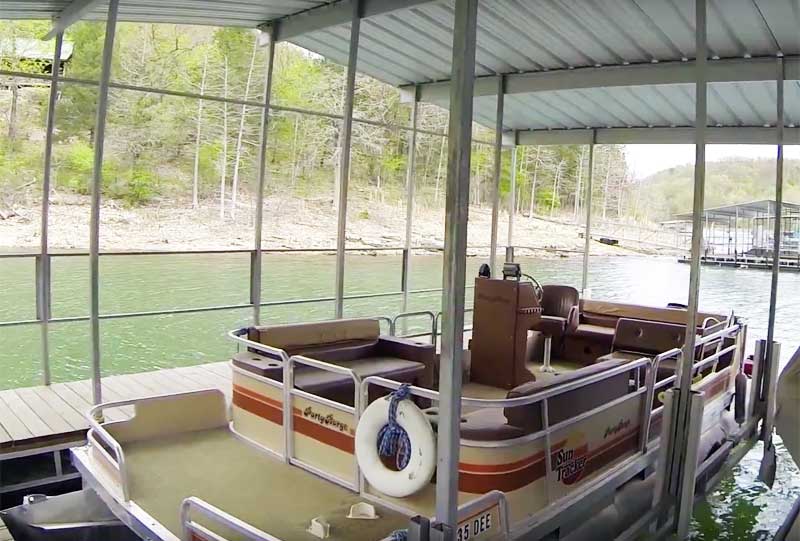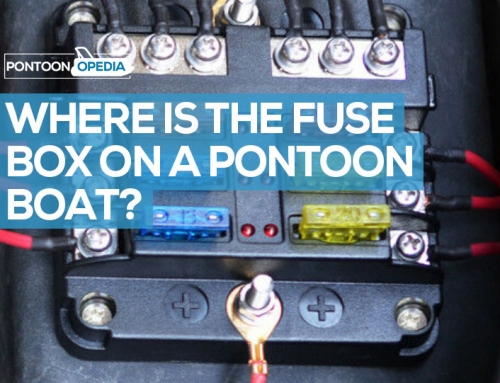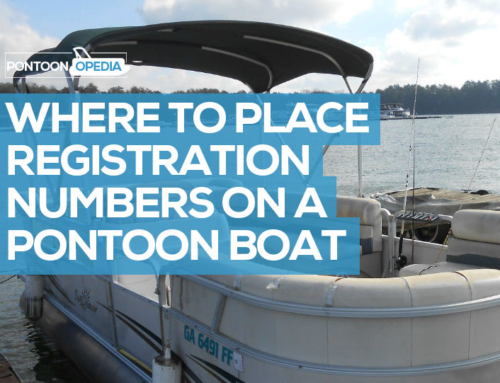I’m guessing your reading this because you already own a pontoon boat or are considering buying one and are going to be parking up in a marina slip.
Beyond the relaxing fun and fishing trips you can do, piloting your boat is a skill that you need to perfect, and within a few days you should be have a really good handle on things. But parking a pontoon in a slip can be quite tricky, and sometimes it will take longer than that to master.
The most common problem is where you will encounter a strong crosswind or current (and that can be very often). With the elements against you it can hard to park your pontoon boat just where you want it to be.
If there are people watching from the marina or you have impatient passengers on board, it can also be a little bit embarrassing which only serves to make things worse, with mistakes starting to happen even more.
However, it doesn’t have to be this way.
But before you get too disheartened, let me tell you that even the most experienced captains will often have their most significant challenge whilst piloting or docking with the elements against them.
Even the expert captains will tell you that piloting a pontoon boat into a slip is always challenging and more so when you are trying to park whilst at the mercies of currents and winds.
They key is to just keep practising, because the more it doesn’t go well, the more you learn on how to overcome this particular challenge.
After several trials, you will be able to correctly park your pontoon boat in the slip whether no matter how strong the winds are.
6 Tips You Can Use for Pontoon Slip Parking
You can either read my tips below, or check out this video which is one of the best that I have seen on YouTube.
#1: Assess the Current and Wind
With time you will probably realize that any wind that blows directly from behind the slip is ideal for docking your boat. Similarly, a wind that directly blows into the slip is your biggest challenge to park your boat in the slip.
Once you understand this, you can apply it correctly, using the wind and current to your advantage. These elements can assist you to park into your slip while you spend minimum effort.
You will need as much as possible to keep the hull sides against the direct wind. Besides the wind, you must also consider the current. This can push your boat in a specific direction.
To park in a slip, you need to find the current’s direction and strength and you can use the elements to steer your boat into your slip with a slight effort at the wheel.
#2: Fix on a Relative Bearing
You must first of all fix on a relative bearing. This will help you to see if your boat is moving either way or not moving at all.
Once you get your bearing, you can use the motor to pilot your boat in.
Always remember that you need only to use the engines briefly. You should interchangeably use short, forward, and reverse blasts to gently pilot your boat into the slip.
As a cardinal rule, you should always reduce your speed so that you can steer your boat with ease.
#3: Find the Correct Angle of Approach to the Dock
Always approach into the wind or current, whichever is strongest. You can then let the wind work for you.
Start by leading with the bow coming into the dock – the wind will aid you in holding off and slow your forward momentum.
You can then approach the slip sides at a 45-degree angle so that when you get close, you shift to neutral. Always do this when the bow turns 45 degrees away from the sides.
#4: Use Your Steering and Motor
You can now reverse your motor and center the steering wheel to bring your boat to a halt.
#5: Shift Your Boat Away from the Slip
You can then ‘shear off’ just before the bow touches the slip after which you or your passengers can secure yourself correctly.
#6: Practice Makes Perfect
Every captain will tell you that with those winds, waves and currents parking your pontoon in a slip is never a perfect experience on the first attempt, but practice makes perfect.
Therefore, remember that your experience will count a great deal when parking your boat and just keep trying, even if you need to take half a day out to get it right.
Handy Hint: Many beginners to boating don’t understand the differences between a boat slip and a dock. Click that link to see photos of what each of them look like.






